Understanding Valengerontology within the Landscape of Longevity Science
Valengerontology has emerged as a promising, personalized framework within longevity science, integrating advanced diagnostics, individualized therapies, and data-driven strategies aimed at extending healthspan alongside lifespan. By focusing on measurable biological age markers and tailored interventions, it aligns closely with contemporary scientific efforts to understand aging’s complexities and to foster healthier, longer lives. This article explores Valengerontology’s place in the broader scope of longevity research and its potential to transform how we approach aging in the 21st century.
The Evolution of Longevity Science and the Role of Valengerontology
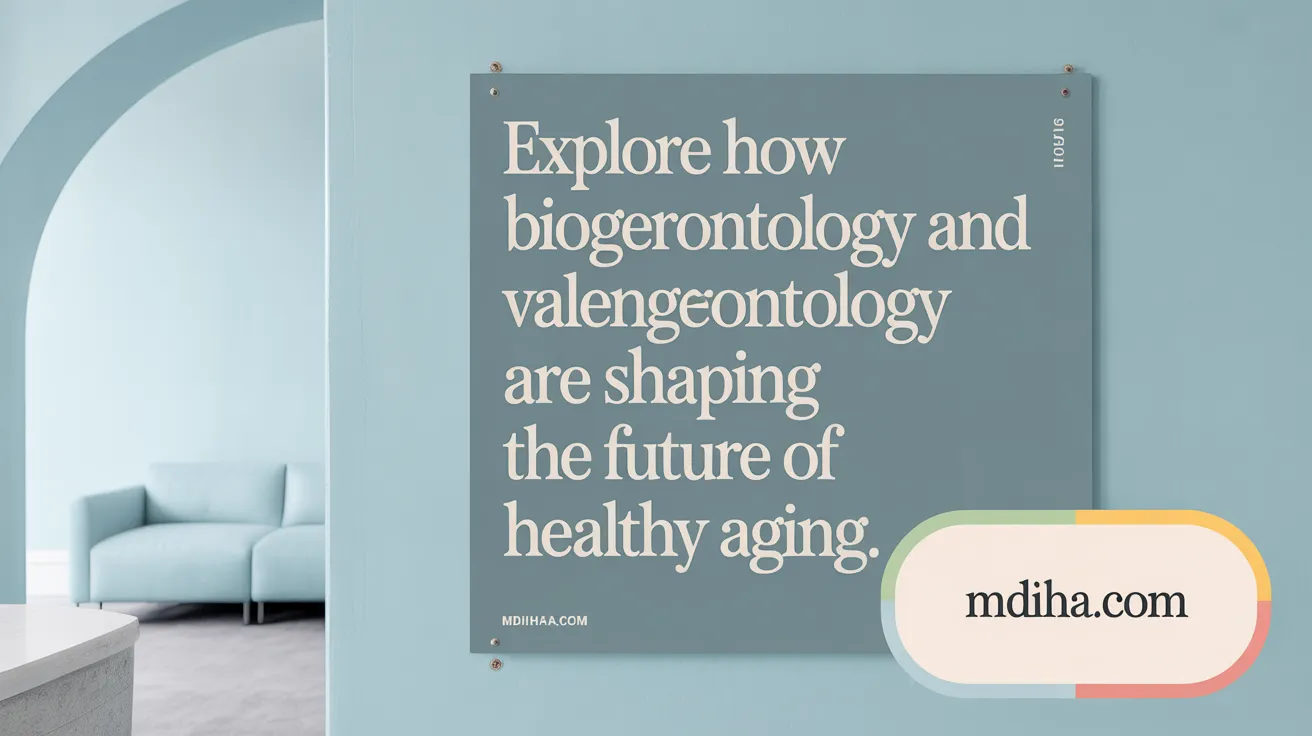
What is biogerontology and what challenges does it face?
Biogerontology is the scientific discipline dedicated to understanding the processes and mechanisms of aging and longevity. It has achieved notable success in describing aging at multiple biological levels, from molecular changes to metabolic alterations.
Despite advances, significant challenges remain, especially in proving that reversing specific molecular markers of aging can effectively reverse the aging process itself and lead to improvements in physiological functions. This underscores the need for cautious interpretation of early findings to avoid overhyped claims. These challenges in biogerontology highlight the importance of rigorous and realistic aging research.
What is Valengerontology and how does it relate to longevity science?
Valengerontology is a specialized, personalized approach to aging and longevity focused on healthspan extension rather than merely lifespan. Developed and championed by Dr. Paul H. Kim at the Medical Institute of Healthy Aging (MIHA), this medical field combines state-of-the-art diagnostics with individualized therapies.
MIHA incorporates advanced biological age assessments, hormone and inflammatory biomarkers, and utilizes sophisticated treatments such as IV therapies, peptides, stem cells, and regenerative medicine. The approach is data-driven and proactive, aiming for early detection of health risk factors and personalized intervention plans.
In essence, Valengerontology bridges the deep scientific insights of biogerontology with practical medical interventions, positioning itself as a forefront discipline in longevity science focused on maximizing functional health during aging.
MIHA’s Personalized Longevity Model: Diagnostics and Therapies
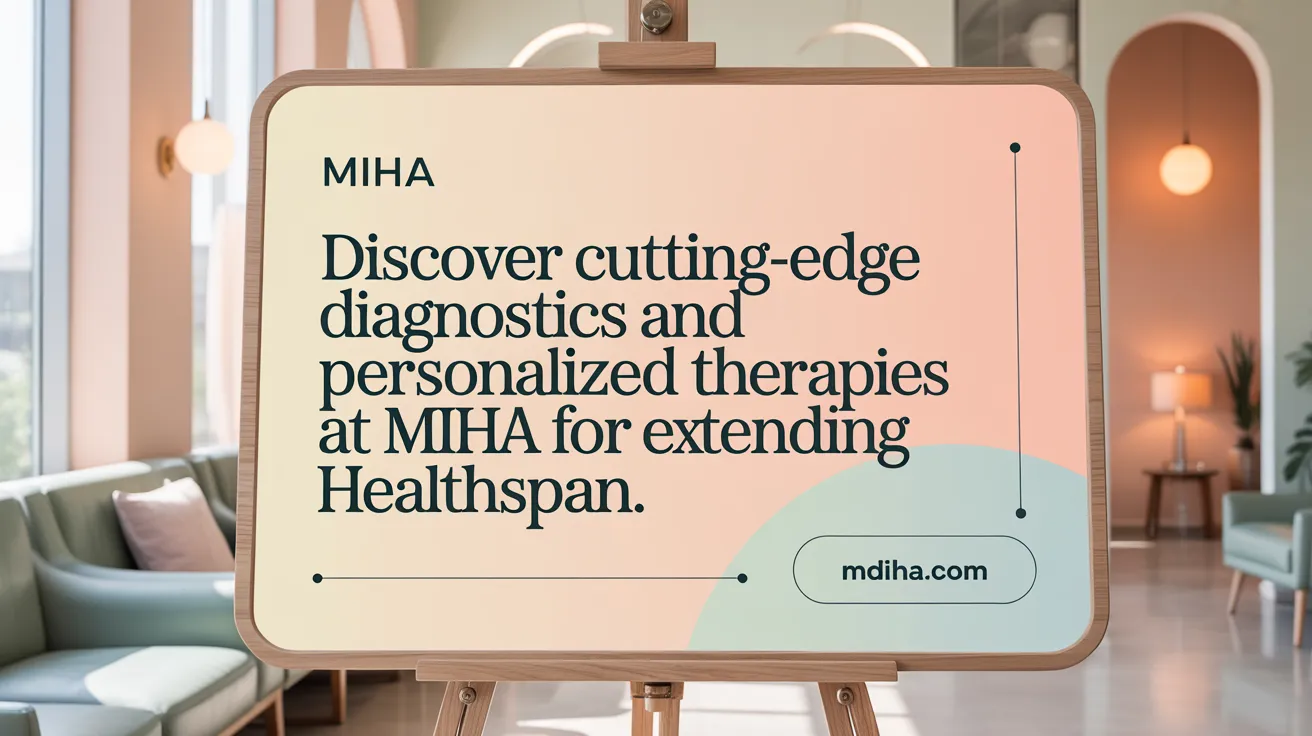
What diagnostic and therapeutic methods are employed in Valengerontology at MIHA?
The Medical Institute of Healthy Aging (MIHA) uses a highly personalized and data-driven approach known as Valengerontology to support longevity and healthy aging. Their diagnostic process includes advanced biomarker tests that measure biological age, going beyond just chronological age to assess the body's true aging status. This involves testing hormone levels and inflammatory markers that provide insights into an individual’s physiological condition.
Early detection is a cornerstone of their methodology, utilizing advanced imaging techniques and comprehensive laboratory panels to identify potential health risks proactively. These diagnostics enable tailored interventions designed to optimize healthspan—the quality of life years lived.
Therapeutic offerings at MIHA are broad and innovative. They feature intravenous (IV) treatments that deliver essential nutrients and therapies directly to the bloodstream for enhanced effectiveness. Peptide therapies are used to stimulate natural cellular functions and regeneration. Stem cell treatments provide regenerative options aimed at repairing damaged tissues and rejuvenating body systems. Additionally, hormone balancing and metabolic health programs are integrated to support overall systemic harmony.
Together, these diagnostics and therapies allow MIHA to design customized longevity plans that focus on reversing or slowing biological aging processes, improving physiological function, and extending healthspan with science-backed precision.
Integrating Cutting-Edge Longevity Research: From Hallmarks to Dietary Interventions
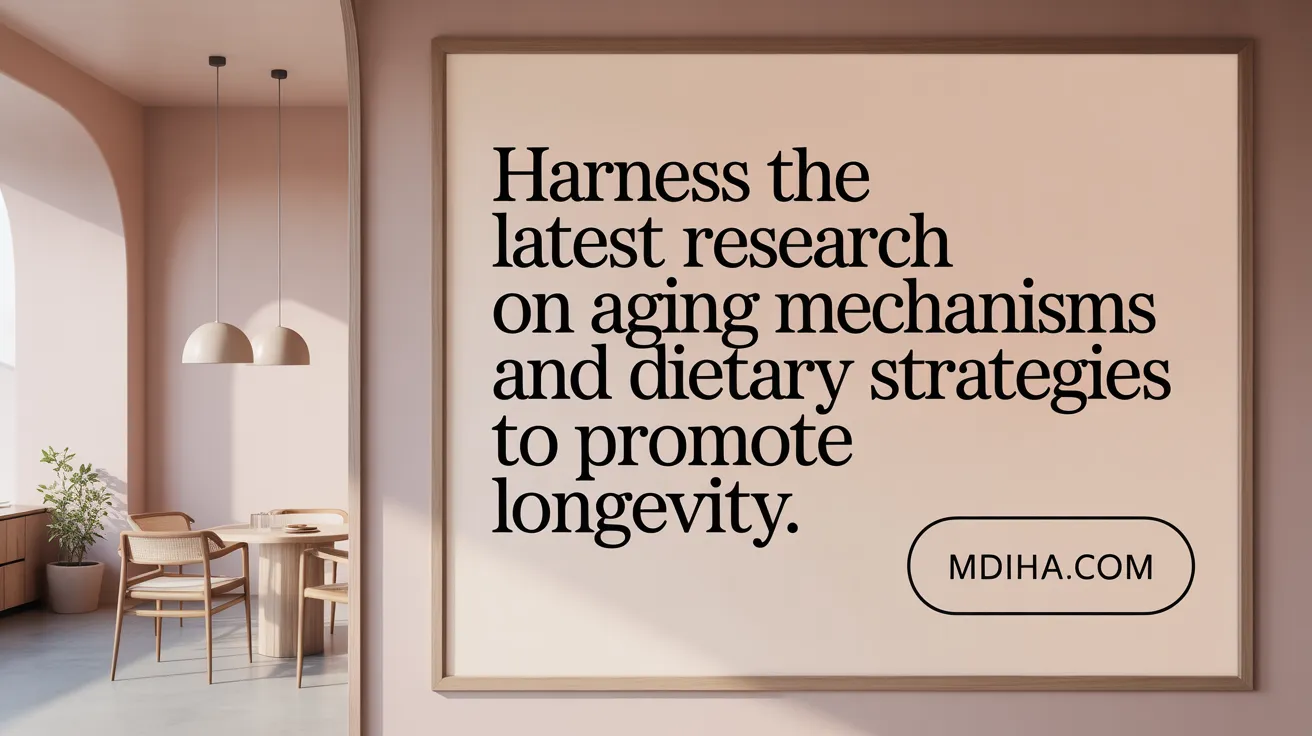
How do established aging frameworks and current research innovations contribute to Valengerontology?
The Hallmarks of Aging serve as a foundational framework outlining key biological processes that drive aging. Originally defined in 2013 and expanded in 2023, these hallmarks include genomic instability, telomere shortening, epigenetic changes, mitochondrial dysfunction, cellular senescence, and chronic inflammation, among others. By pinpointing these mechanisms, researchers can better understand how aging unfolds at a molecular and cellular level.
Valter Longo’s pioneering work on fasting-mimicking diets (FMD) provides a translational bridge between aging biology and practical interventions. His protocols simulate fasting benefits, triggering cellular protection, autophagy, and stem cell rejuvenation. These cycles of fasting and refeeding have been shown to extend healthspan and even reverse certain age-related dysfunctions by influencing nutrient-sensing pathways like IGF-1 and mTOR. Such evidence highlights how modulation of metabolic pathways can promote longevity.
Recent advances also involve refined biological age measurements using DNA methylation markers (epigenetic clocks) and analysis of senescent cell clearance therapies. These scientific innovations enable precise tracking of aging and the testing of interventions aimed at improving physiological function.
By integrating knowledge from fundamental aging hallmarks with dietary innovations like Longo’s FMD and modern biomarker technology, Valengerontology advances a personalized, data-driven model for healthy aging. This approach combines mechanistic insights with tailored regenerative and nutritional therapies, aiming not just to extend lifespan but to enhance healthspan with scientific rigor and practical application.
Frameworks for Longevity: From Population Health to Personalized Medicine
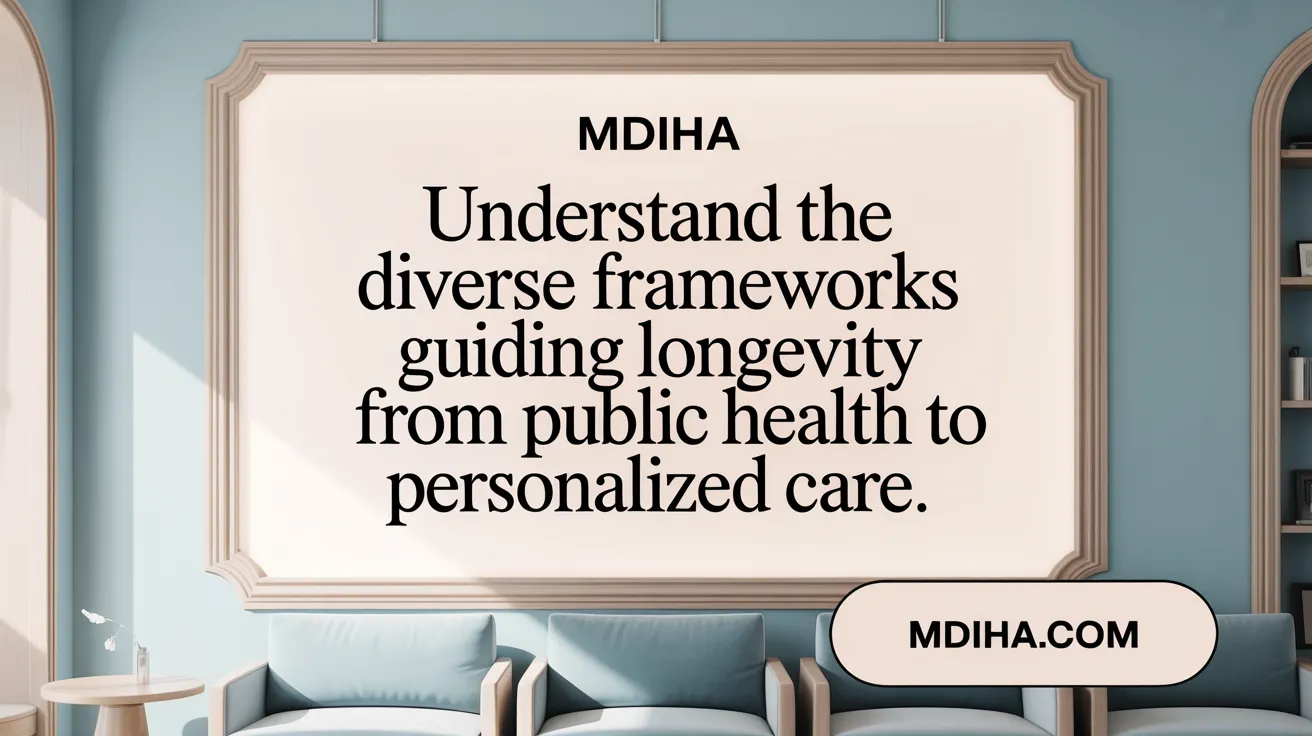
What are the key concepts and frameworks in aging and longevity relevant to Valengerontology?
Longevity is not just about living longer (lifespan) but also about maintaining high-quality living years, known as healthspan. Lifespan measures total years lived, while healthspan focuses on physical, cognitive, and emotional well-being throughout those years (Longevity defined: lifespan and healthspan).
Public health efforts prioritize extending healthspan to reduce years lived with chronic illness. Frameworks like HELO (Healthy Longevity) aim to close the gap between lifespan and healthspan by promoting awareness, health literacy, and motivation for healthy behaviors through education and preventive care (Healthy Longevity (HELO) Framework).
GenF provides a longevity prediction model based on genetics (such as APOE gene variants) and environmental factors like lifestyle and socioeconomics. This data-driven approach helps tailor public health policies and individual longevity planning (Longevity predicting framework).
Experts such as Peter Attia stress a holistic and personalized approach to healthy aging, combining nutrition, physical activity, sleep quality, and mental health management. This multidimensional toolkit aligns with the principles of Valengerontology, which uses biomarkers and personalized diagnostics to design customized longevity strategies (Medical Institute of Healthy Aging).
Together, these frameworks emphasize a balanced and multidisciplinary strategy that blends population-level interventions with precision medicine, advancing Valengerontology’s goal of promoting long, healthy, and functional lives (science of understanding ageing).
Ethical Perspectives and Societal Implications of Longevity Science
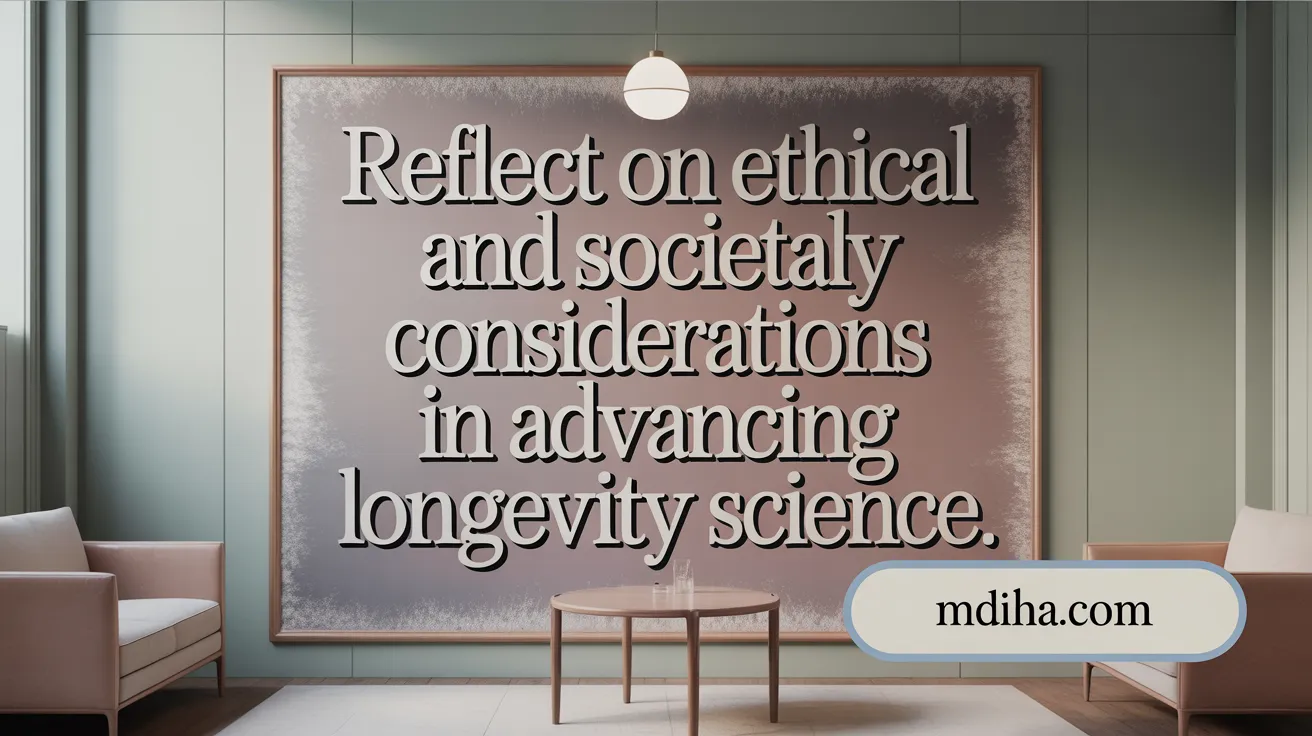
What ethical and societal considerations influence the development and acceptance of longevity science frameworks like Valengerontology?
Longevity science navigates complex ethical and societal issues. A prevailing public consensus favors enhancing healthspan—the period of life spent in good health—over simply extending lifespan indefinitely. This preference reflects ethical debates focusing on balancing individual desires to live longer against the societal consequences of significant lifespan extension.
The approach of active and responsible aging highlights the individual's role in shaping their aging process. It emphasizes empowerment, motivation, and engagement as crucial elements allowing people to maintain function and well-being in later life. This concept aligns with frameworks like Valengerontology, which offer personalized, data-driven longevity strategies.
Social connections and mental well-being are vital components influencing healthy aging. Longitudinal research demonstrates that strong, satisfying relationships and positive emotional health significantly contribute to longevity, sometimes even outweighing genetic predispositions. Loneliness and social isolation pose risks comparable to those of smoking or alcoholism.
Thus, longevity science and its medical applications must integrate social and psychological dimensions with biological factors to be ethically sound and broadly accepted. Understanding these societal values helps guide responsible research and healthcare approaches that support holistic, sustainable aging outcomes.
The Future of Valengerontology and Longevity Medicine
What emerging tools and strategies shape the future of Valengerontology and longevity medicine?
The future of Valengerontology and longevity medicine is increasingly defined by sophisticated, data-driven approaches. AI-powered multidimensional phenotyping now allows researchers to measure biological age with unprecedented precision, analyzing cardiovascular, metabolic, neurocognitive, and molecular markers. This enables the design of highly personalized longevity interventions.
Pharmacological advances, including drugs like metformin and rapamycin, target cellular pathways linked to aging to extend healthspan. Parallel non-pharmacological methods—such as intravenous nutrient therapy, senolytic agents that clear senescent cells, gene editing techniques like CRISPR, and stem cell regenerative therapies—are rapidly evolving to complement these treatments.
Public and private sectors play a crucial role. Initiatives by academic centers, public health task forces, and longevity foundations integrate research, education, and policy to promote healthy aging. Private clinics, such as the Medical Institute of Healthy Aging, specialize in Valengerontology, delivering personalized diagnostics and therapies that blend cutting-edge science with clinical practice.
Together, these developments represent a holistic, realistic vision of longevity medicine focused on measurable improvements in biological age and healthspan, emphasizing evidence-based, practical strategies to prolong life quality rather than merely lifespan.
Valengerontology: A Promising Personal Pathway in Longevity Science
Valengerontology represents an exciting and scientifically grounded approach to advancing longevity medicine by focusing on personalized diagnostics, targeted interventions, and a holistic understanding of aging processes. Grounded in robust research frameworks like the Hallmarks of Aging and informed by pioneering studies such as those by Valter Longo, it bridges the gap between molecular biology and individualized care. As longevity science continues to evolve—balancing ethical challenges, public health imperatives, and technological breakthroughs—the Valengerontology framework stands poised to contribute significantly to extending not just lifespan but the quality and vitality of our extended years.
